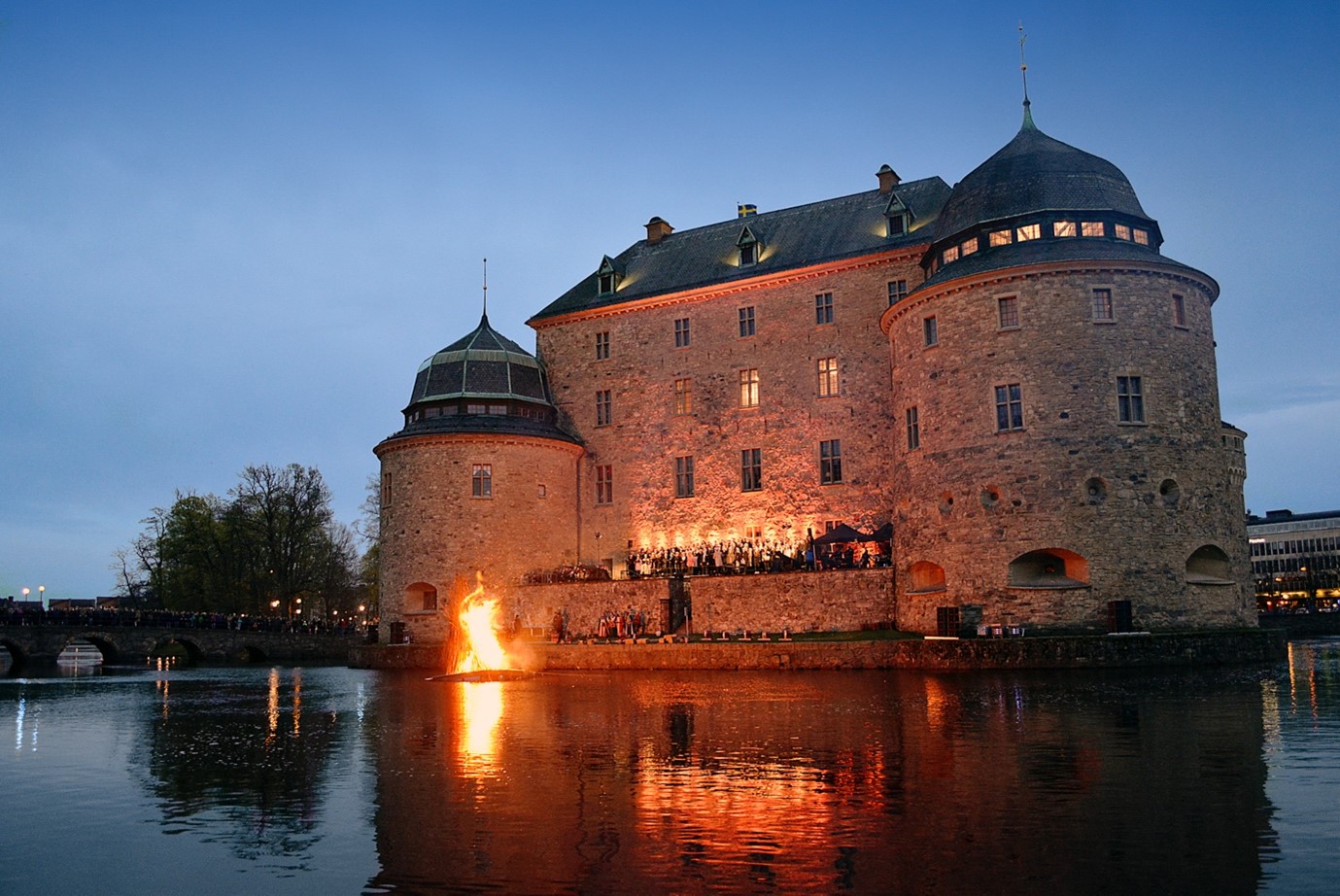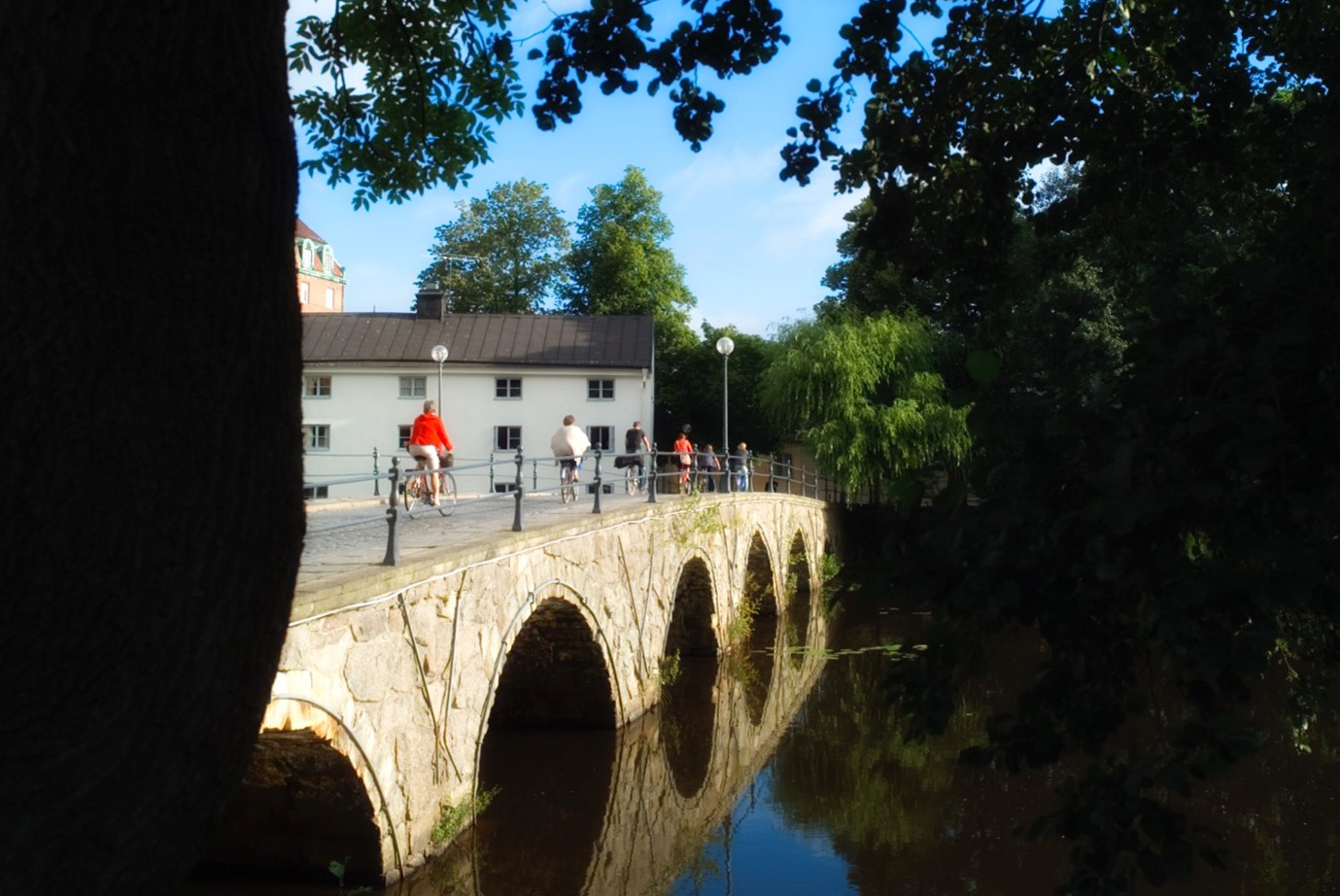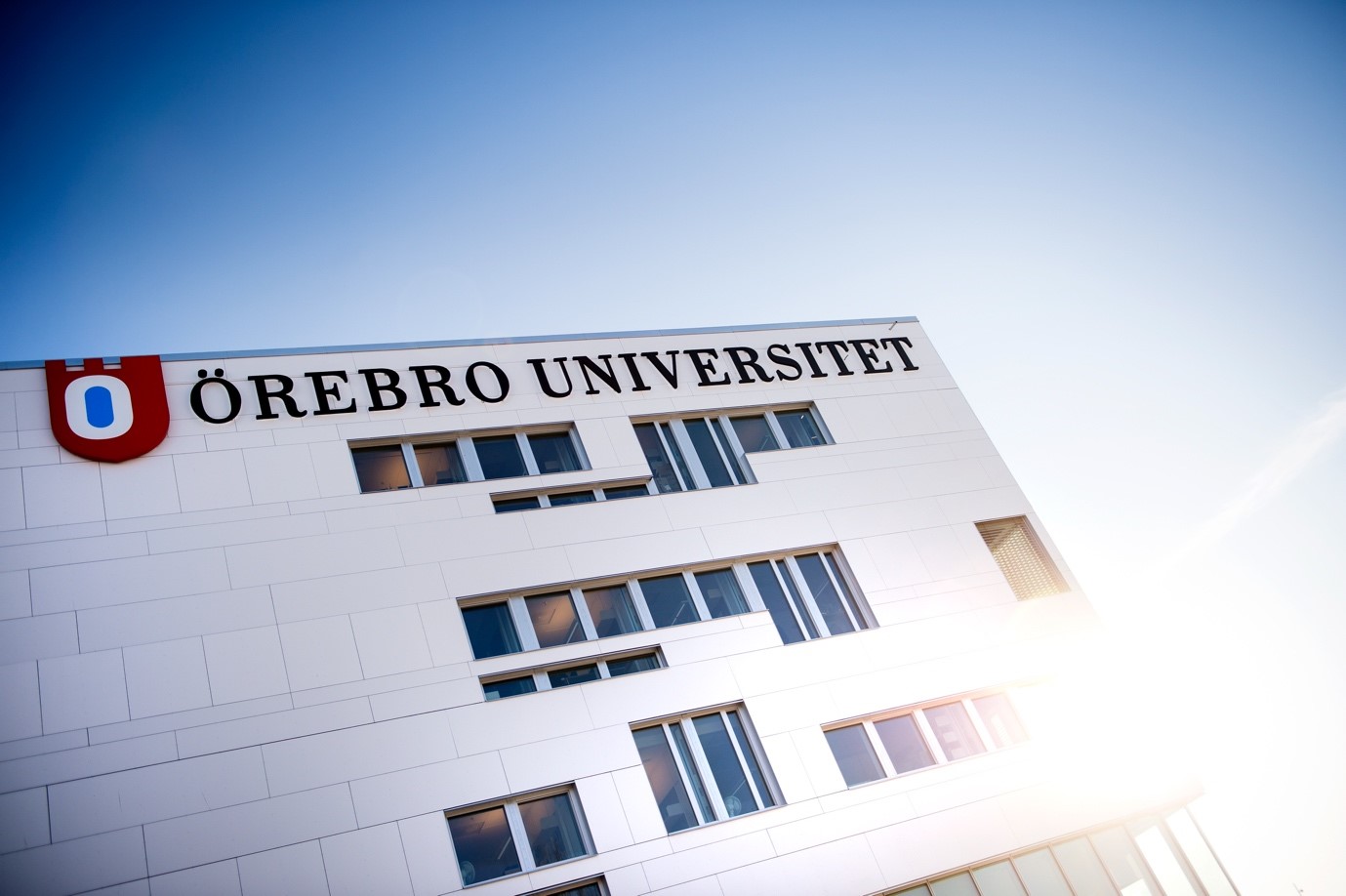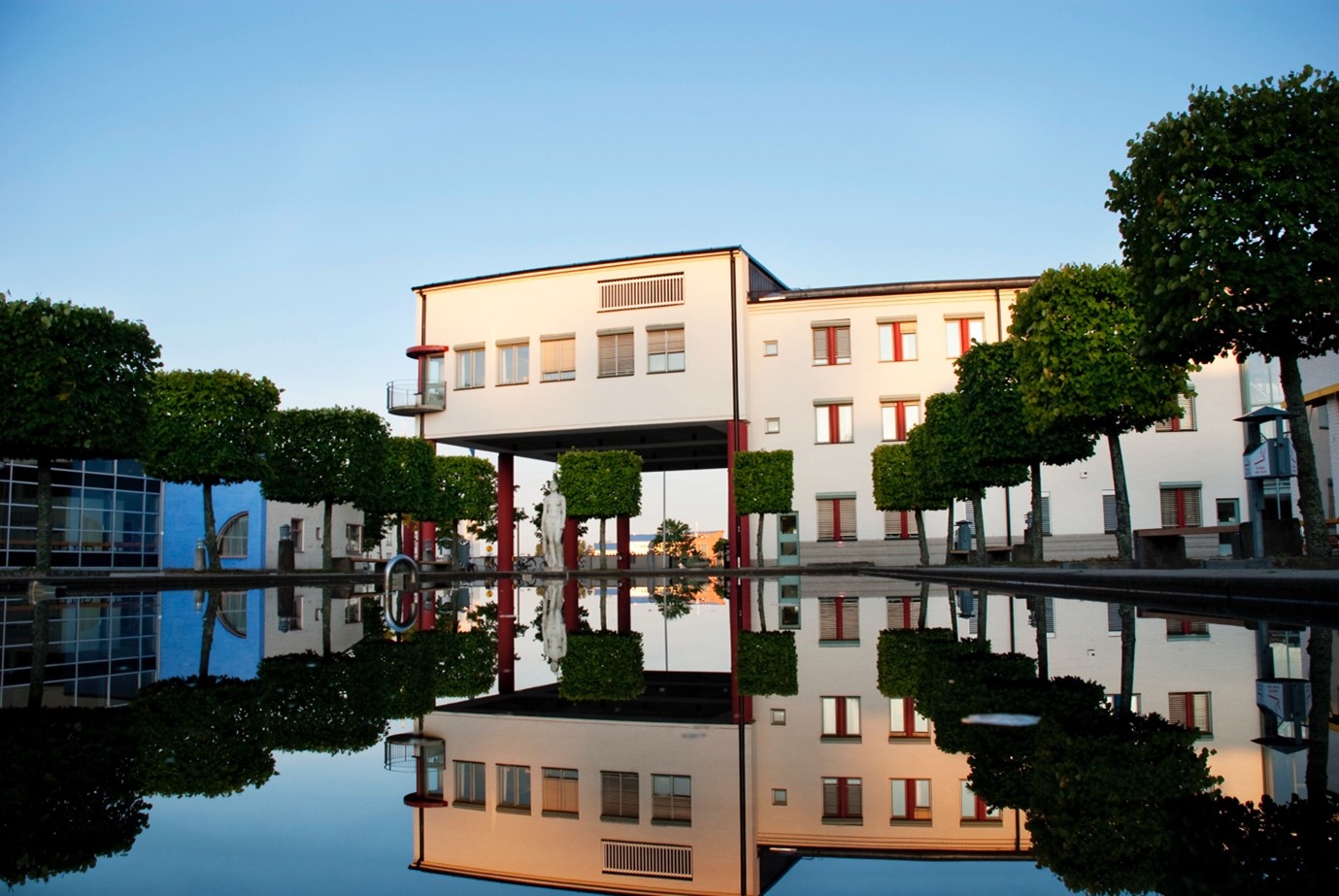
IFIP International Symposium on Human Aspects of Information Security & Assurance
HAISA 2026
Örebro, Sweden, 6th - 8th July 2026

Conference Venue
Örebro
Örebro is a charming mid‑sized city in south-central Sweden, nestled by the small river Svartån as it flows into Lake Hjälmaren. It is the capital of Örebro county with roughly 126,000 residents in the urban area. Founded in the 13th century at a vital river crossing, its name literally means “bridge over gravel banks.” Örebro quickly grew into a medieval trade hub.
A crown jewel of the city is Örebro Castle, a fortress dating back to the late 1200s, perched on an island in the Svartån River. Expanded over centuries it remains a powerful symbol of the city history. Other historic gems include the Gothic Saint Nicholas Church from the late 13th century and the charming wooden houses of Wadköping.
Despite its rich heritage, Örebro is a modern, accessible city from Stockholm (200 km), Gothenburg (280 km) and Oslo (330 km). The compact city center is richly walkable and bike-friendly, with plenty of green spaces, and café-lined streets. It is known for the Concert Hall and Chamber Orchestra, the Svampen (“Mushroom”) water tower, the Gustavsvik waterpark and frequent exhibitions such as Open Art.


Örebro University
Örebro University has its roots in the higher education which was established in Örebro during the 1960s. It gained the status of a university college in 1977 and became a full university in 1999. Today, the university currently ranks among the top 600 universities in the world according to Times Higher Education.
Örebro university has around 17,000 students, including undergraduate, master’s, and nearly 500 doctoral candidates, supported by approximately 1,000 teachers and researchers and 500 administrative, technical and library staff. The university is organised into three faculties and eight schools. The university offers a comprehensive range of programmes spanning 80 degree programmes and over 1,080 individual courses. These courses cover a variety of disciplines, including medicine, law, psychology, engineering, the humanities, and the natural sciences.
The main campus is situated 3 km from southeast of Örebro city centre—easy reached by a bus, taxi or a 10-minute bike ride.


Important Dates:
April 3 2026
Deadline for submission of papers.
May 6 2026
Notification of paper acceptance.
June 5 2026
Deadline for camera ready paper submission and author registration.